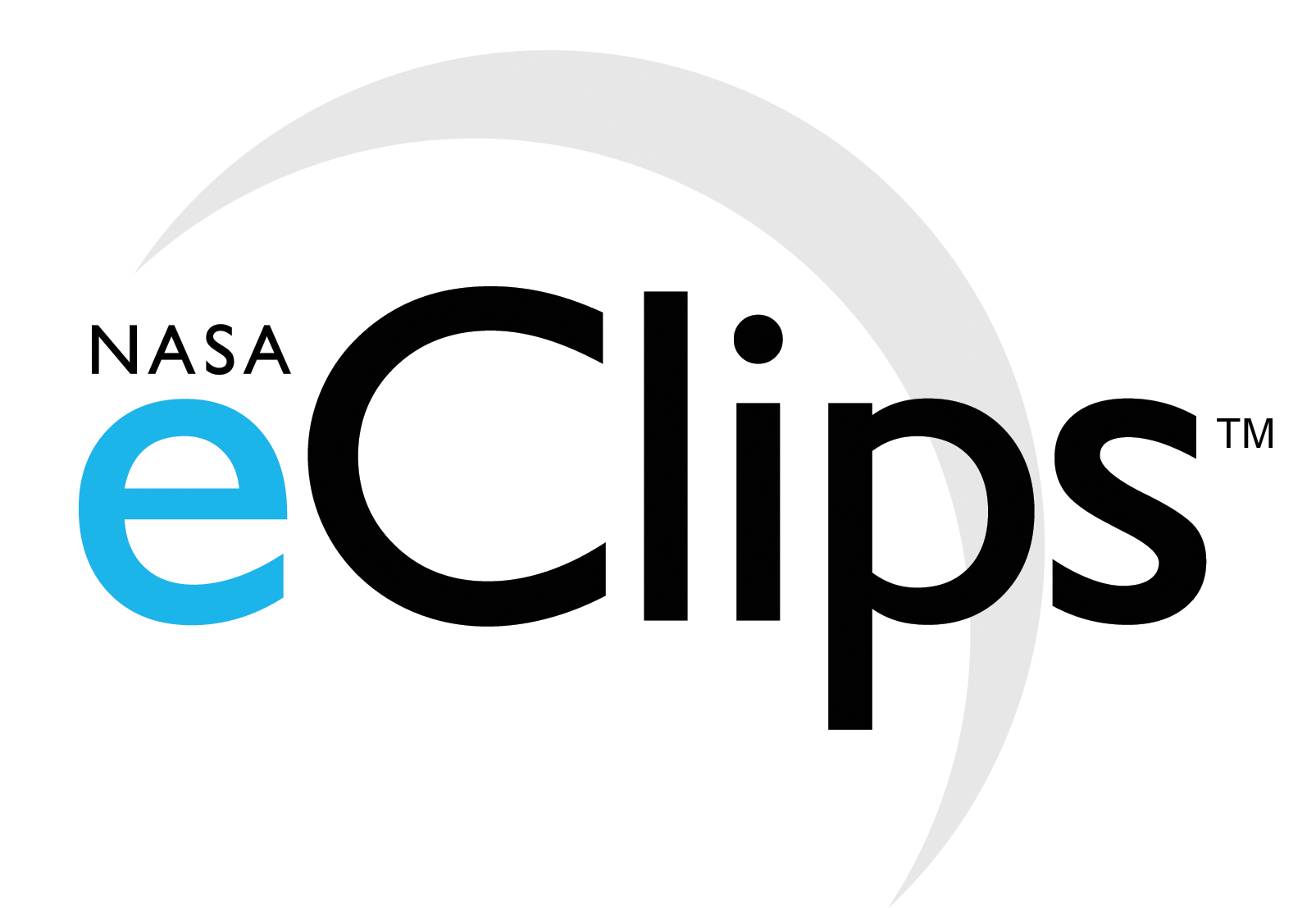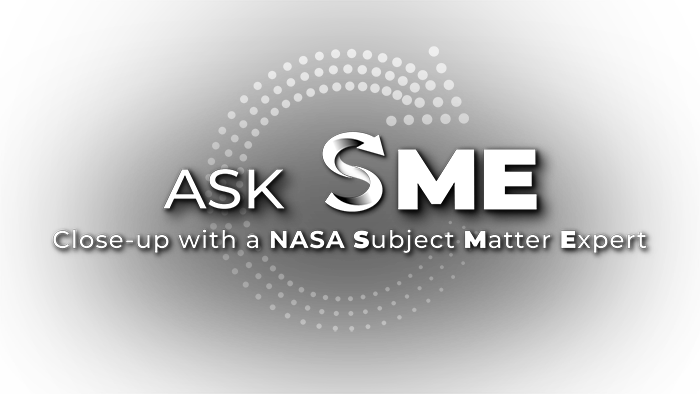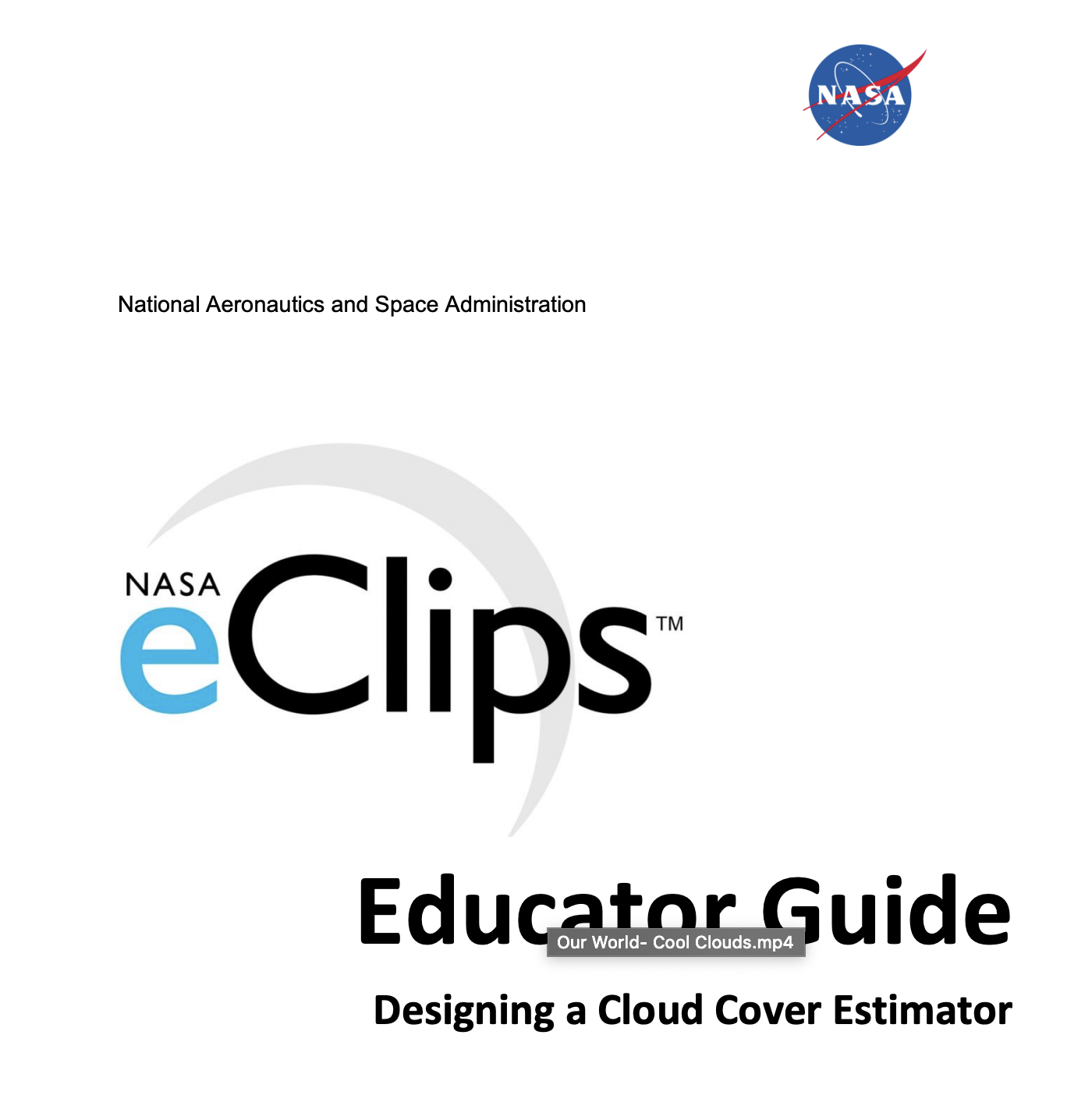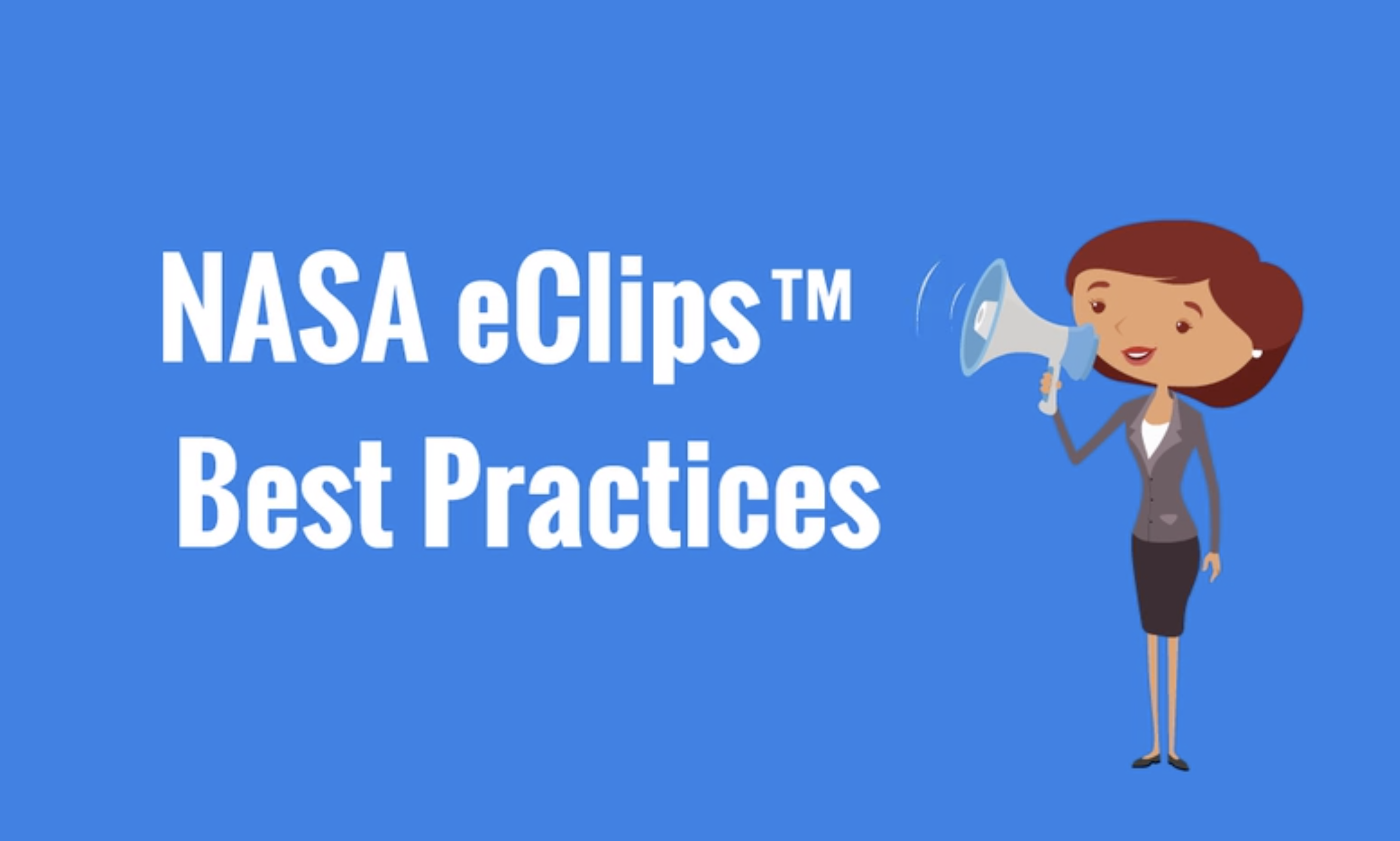NASA eClips™ Videos

Real World: Earth's Energy Balance - Energy In and Energy Out
Balancing incoming and outgoing energy to Earth is like balancing an equation. When both are equal, Earth's energy is in balance. Learn more about how changes in this balance may impact Earth.
Read MoreReal World: Earth's Energy Balance - Small Changes, Big Impact
Earth’s energy balance is very delicate. Small changes may have a big impact. How might changes in Earth’s land and atmosphere impact this delicate balance? How might this knowledge be used to help us take better care of Earth?
Read MoreNASA Ask SME Videos

Physical Scientist – Jessica Taylor
In this close-up video, Jessica Taylor, Physical Scientist at NASA's Langley Research Center, describes her role in developing and bringing NASA Earth Science data to the public, educators, and learners in fun and engaging ways. She shares how her love of meteorology and, in particular, lightning sparked her interest in becoming a scientist and set her career path. She also shares the joy she finds in family-centered activities like swimming and dancing. You can also engage in NASA Earth Science with projects like My NASA Data and the GLOBE Program.
Read MoreProject Scientist – Marilé Colon Robles
In this close-up video, Marile Colon Robles, Project Scientist at NASA's Langley Research Center, shares her love for studying clouds and working with people from around the world to collect data about clouds.
Read MoreNASA Spotlite Videos
NASA eClips Educator Guides
NASA eClips: Designing a Cloud Cover Estimator

Designing a Cloud Cover Estimator allows students to think and act like engineers and scientists as they follow the five steps of the Design Process to successfully complete a team challenge. Within this work, students design, measure, build, test and re-design a cloud cover estimator. Once the design is built, students discuss ways to use this new tool.
Read MoreNASA Spotlite Interactive Lessons
NASA Spotlite Interactive Lesson: Clouds
In this activity, students will explain the role of clouds in Earth’s energy budget including reflection, shadowing, absorption, trapping heat at night as a result of watching the NASA Spotlite video, learning the vocabulary collaboratively, and discussing the relationship of clouds to Earth’s energy budget.
Read MoreNearpod Lesson: Clouds
This NASA Spotlite lesson is offered on the Nearpod platform that provides an inclusive and immersive learning experience.
Read MoreBest Practices
Partner Resources
GLOBE
GLOBE (Global Learning & Observations to Benefit the Environment) – Atmosphere
Students can use several protocols to learn about atmospheric conditions aerosols, air temperature, and clouds.
VisitCERES
CERES Clouds and the Earth’s Radiant Energy System
This document can help students research the characteristics of clouds where they form, how they move, and the radiative properties of clouds, to better understand Earth’s energy budget and climate.
VisitMy NASA DATA
My NASA DATA- Energy and Matter: Shortwave Radiation
Students investigate cloud cover and snow/ice cover and the ability of Earth to reflect energy out to space.
VisitNASA’s Eyes on Earth



 Recent tweets from NASA eClips
Recent tweets from NASA eClips

